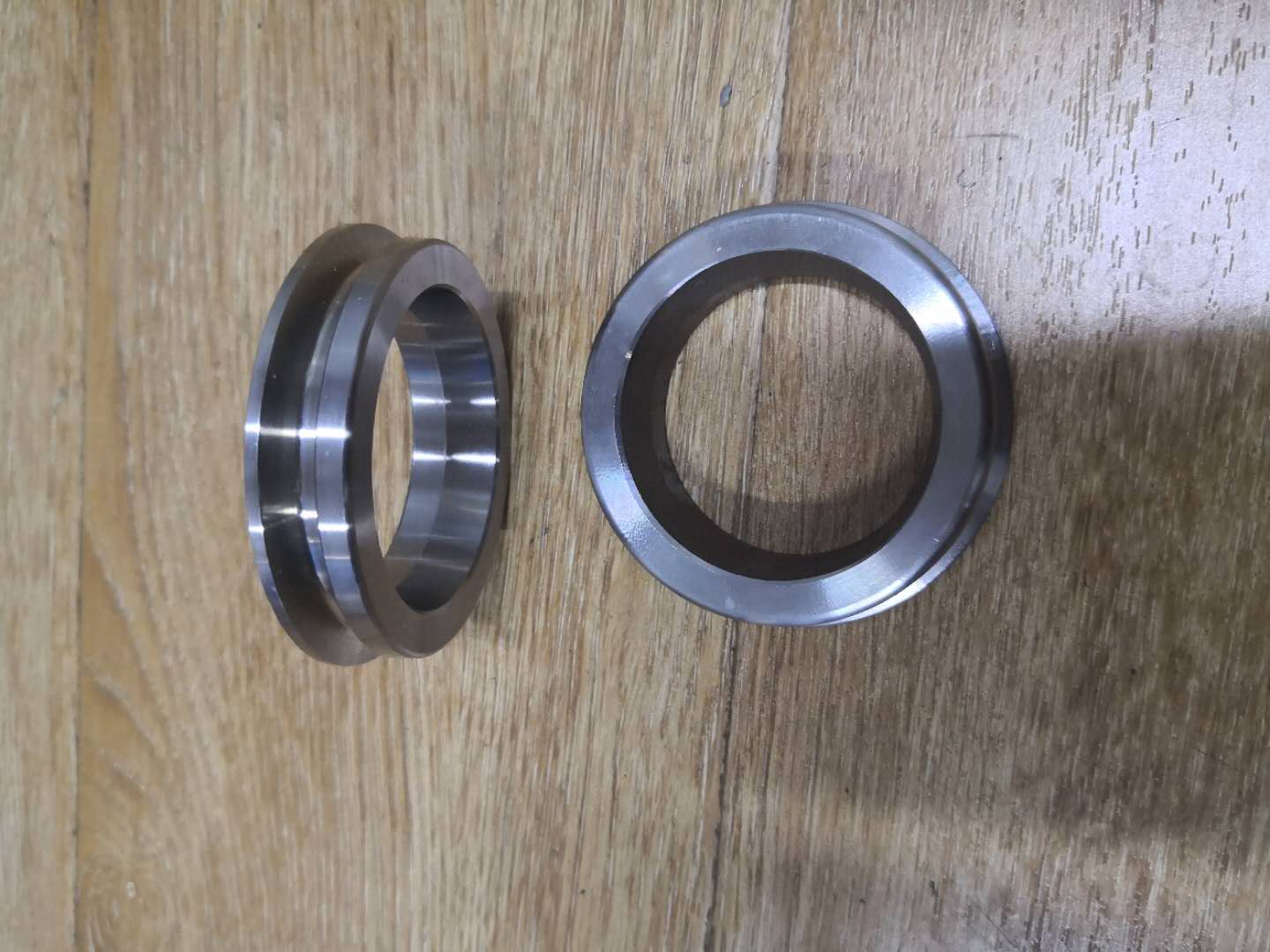Hot Keywords: Precision casting, stainless steel precision casting
As a manufacturer of precision casting materials, it is necessary to know the difference between casting and forging, so we all understand the difference between them? Those who do not understand can follow Xiaobian to understand together:
First, forging, casting purposes, now let's talk about their differences in usage:
1. Forging is generally used to process forgings of required shape and size.
2. Casting is a relatively economical blank forming method, which is generally used for parts with complex shapes.

Two, the difference between forging and casting:
For forging and casting, their use has just been introduced by Xiaobian, the following casting raw material manufacturer Xiaobian to introduce their differences in concept and production process:
1, forging: the malleable metal material, through hammering and other methods, make it into a shape and size meet the requirements of the workpiece, and change its physical properties.
2. Casting: the process of melting metal into a liquid and then pouring it into a mold to obtain the desired shape after cooling, solidification and cleaning. Can be made into complex shapes.
Three, different production processes:
1, forgings: Forgings (forgings and stamping parts) is one of the two components of the forgings (forgings and stamping parts), is the use of forging machinery to exert pressure on the metal blank, so that it produces plastic deformation, in order to obtain the required mechanical properties, shape and size of the forging processing method.
2. Casting: the liquid metal is poured into the casting cavity suitable for the shape of the parts, and the parts or blanks are obtained after cooling and solidification.
There are several ways to tell what the process is like.